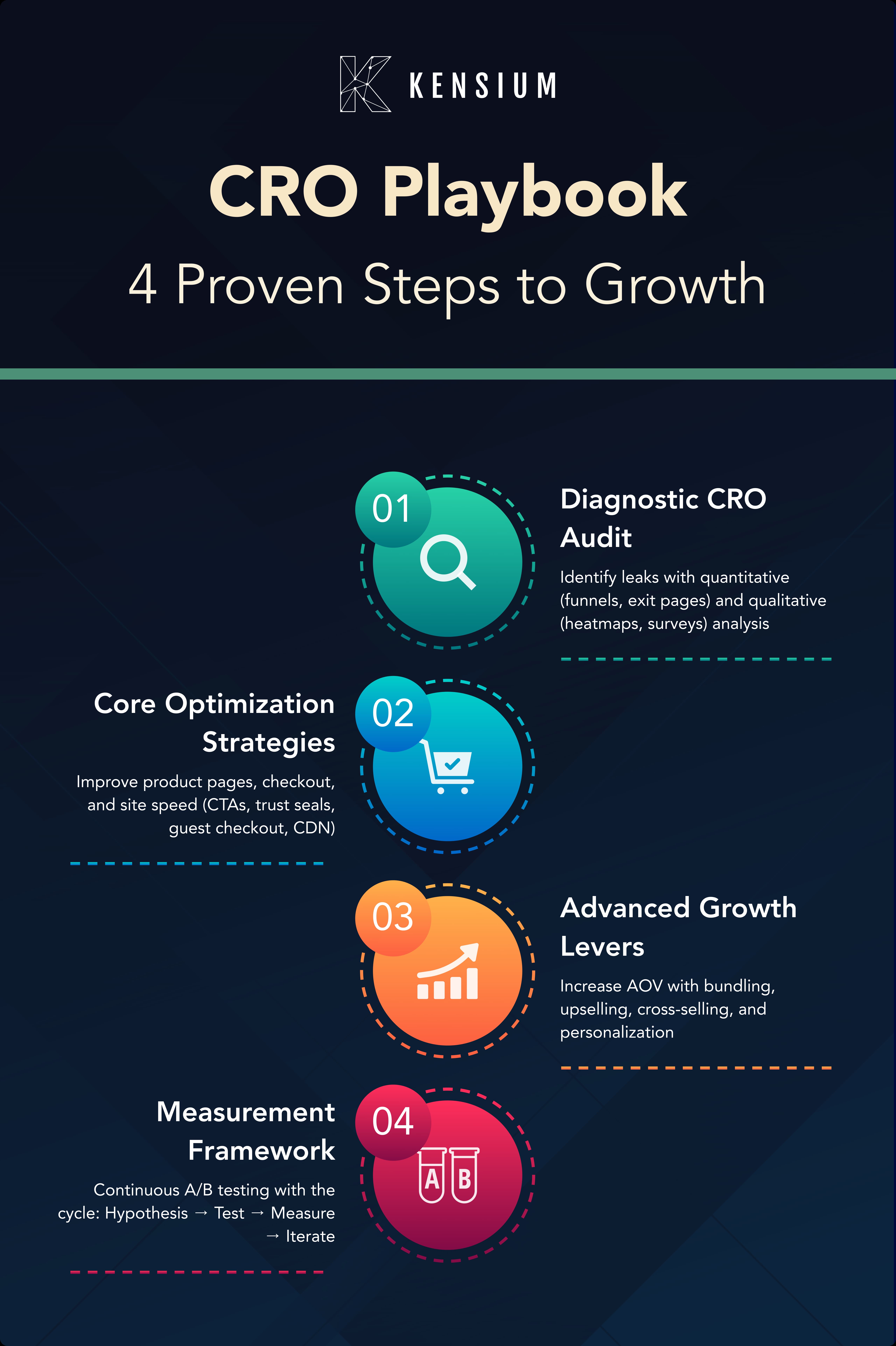
In today’s crowded market, blending in means losing out. Businesses must adopt sharp marketing strategies to stand out, attract customers, and drive growth—especially in the Direct-to-Consumer (D2C) space. As technology and AI continue reshaping the landscape, traditional methods alone won’t cut it. This article dives into the evolution of marketing, key strategies, and the tools that help businesses engage and convert customers. With D2C models bypassing middlemen, brands have unprecedented opportunities—if they know how to leverage them effectively.
Marketing Strategy: Your Foundation
A marketing strategy is a plan that outlines how a business will reach and engage its target audience to achieve its goals. For businesses, this means creating awareness, building relationships, driving sales, and establishing a strong reputation or brand identity. The importance of marketing strategy lies in its ability to direct resources towards efforts that will have the most impact, ensuring business growth and customer loyalty.
The Evolution of Marketing: Traditional Vs. Modern Strategies Marketing has come a long way, from its traditional roots in television, radio, and print ads, to the digital-centric approach we practice today. This evolution has been driven by technological advancements such as the internet, mobile devices, social media platforms, and AI-driven marketing tools.
Traditional Outbound Marketing

Historically, marketing relied heavily on outbound methods such as television and radio ads, print media, cold calling, and direct mail. These approaches generally followed a one-way communication model and focused on broad audience targeting. While effective in their time, these traditional marketing channels were often expensive and less targeted.
Modern Inbound Marketing

Modern marketing has shifted toward inbound marketing, which is more consumer-centric. It focuses on creating valuable content (blogs, videos), optimizing for search engines (SEO), engaging on social media, and leveraging email marketing. This strategy is built around attracting customers with content that's relevant to them and fostering long-term relationships.
Traditional vs. Modern Marketing: Pros and Cons
While traditional and modern marketing strategies have distinct advantages, they also have limitations:
- Traditional Marketing: Offers broad reach, particularly among older demographics, and relies on established trust with mediums like TV and print. However, it can be costly and lacks the ability to easily measure ROI.
- Modern Marketing: This approach is cost-effective, highly personalized, and measurable, but can be difficult to implement without the right tools and strategies. It also requires businesses to stay current with the latest trends in digital media.
Executing D2C Marketing Strategies Successfully
D2C marketing is all about selling directly to the consumer without intermediaries. This business model has been popularized by e-commerce giants like Warby Parker and Casper. For businesses to succeed in D2C marketing, they must be strategic about how they reach and engage with their target audience.
Key Elements of D2C Marketing
- Creating a Marketing Plan: A comprehensive marketing plan is essential for guiding D2C efforts. This includes setting clear marketing objectives, KPIs (key performance indicators), conducting market research, defining target audiences, and choosing the right mix of traditional and modern marketing strategies.
- Building a Team and Assigning Roles: Establishing a solid team structure is crucial to executing the marketing plan. Roles should be clearly defined, with departments focused on analytics, reporting, conversion optimization, and customer relationship management. Each department will contribute valuable insights into customer behavior, campaign performance, and overall business health.
- Demand Generation Strategies: To drive sales, D2C businesses need effective demand generation strategies. These can include content marketing, SEO, social media engagement, email marketing, referral programs, and lifecycle management. The goal is to attract, engage, and retain customers by providing them with value at every stage of their journey.
- Leveraging Technology: Tools like Acumatica CRM and HubSpot marketing platform can help streamline marketing efforts. These tools provide invaluable features for customer segmentation, campaign automation, and performance tracking, enabling businesses to tailor their marketing efforts to specific customer groups and measure their success.
Demand Generation and Leveraging Technology
Effective demand generation is about creating a strong connection between the brand and the customer. This involves:
- Understanding Your Audience: Businesses must create detailed buyer personas based on demographics, behaviors, and preferences to target the right audience effectively.
- Leveraging Content Marketing: Developing content that resonates with your audience's pain points and interests is essential. This can include blogs, videos, and social media content.
- Building Trust: Customer reviews, testimonials, and engaging with clients through personalized email campaigns can build trust and credibility, encouraging repeat business.
- Utilizing Marketing Automation: Automating tasks such as lead nurturing can help businesses save time while maintaining a personalized approach to communication with customers.
Building an Effective D2C Marketing Team
To successfully execute a D2C marketing strategy, a team must be assembled that includes the following departments:
- Analytics: Responsible for collecting and analyzing data to optimize campaigns and improve customer experience.
- Reporting: The reporting team ensures that marketing and sales trends are tracked, providing the necessary insights to make data-driven decisions.
- Conversion Rate Optimization (CRO): This department focuses on improving the conversion rate of website visitors into paying customers by identifying bottlenecks in the user journey and improving site performance.
How Acumatica and Kensium Enhance D2C Marketing Success
Acumatica and Kensium provide a powerful suite of solutions that help businesses implement and streamline their D2C marketing strategies. By leveraging their combined expertise, businesses can optimize operations, enhance customer engagement, and drive conversions.
Acumatica’s Role in D2C Marketing
- Customer Segmentation: Acumatica’s CRM tools enable businesses to segment customers based on purchasing behavior, lifetime value (LTV), and other criteria for more targeted campaigns.
- Automated Email Notifications: Seamless integration with order and shipment notifications keeps customers engaged at key moments in their buying journey.
- Product Feeds and Marketplaces: Direct integration with platforms like Google and Facebook ensures real-time pricing and content updates for competitive visibility.
- Loyalty and Referral Programs: Businesses can implement loyalty and referral programs to encourage repeat purchases and customer acquisition.
Kensium’s Comprehensive Solutions
- Ecommerce Platforms: Developing seamless online experiences using Adobe Commerce, BigCommerce, and Shopify.
- Enterprise Integrations: Connecting eCommerce with ERPs like Acumatica, NetSuite, and Dynamics 365 for streamlined operations.
- Digital Marketing: Implementing SEO, CRO, and website performance optimization to drive engagement and sales.
- Acumatica Solutions: Enhancing marketing automation and customer experience with Acumatica’s powerful tools.
- Payment Plugins: Securing smooth and reliable transactions with integrated payment solutions.
By combining Acumatica’s robust ERP capabilities with Kensium’s eCommerce and digital marketing expertise, businesses can create a seamless, data-driven approach to D2C marketing success.
Conclusion
Marketing is the backbone of any successful business, and the rise of D2C marketing has made it easier than ever for companies to build direct relationships with their customers. By leveraging both traditional and modern strategies, businesses can create a well-rounded marketing plan that meets the needs of today’s consumers. Tools like Acumatica and HubSpot offer invaluable support in implementing these strategies, helping businesses reach the right audience, build trust, and ultimately drive sales. The future of marketing lies in the ability to integrate data, technology, and creativity to create personalized and impactful customer experiences.
Understanding and applying these principles will help you stay competitive, build lasting relationships with your audience, and fuel your business's growth. Ready to improve your marketing strategy? Let’s get you set up with a free digital marketing assessment – click here to learn more








.png)

































